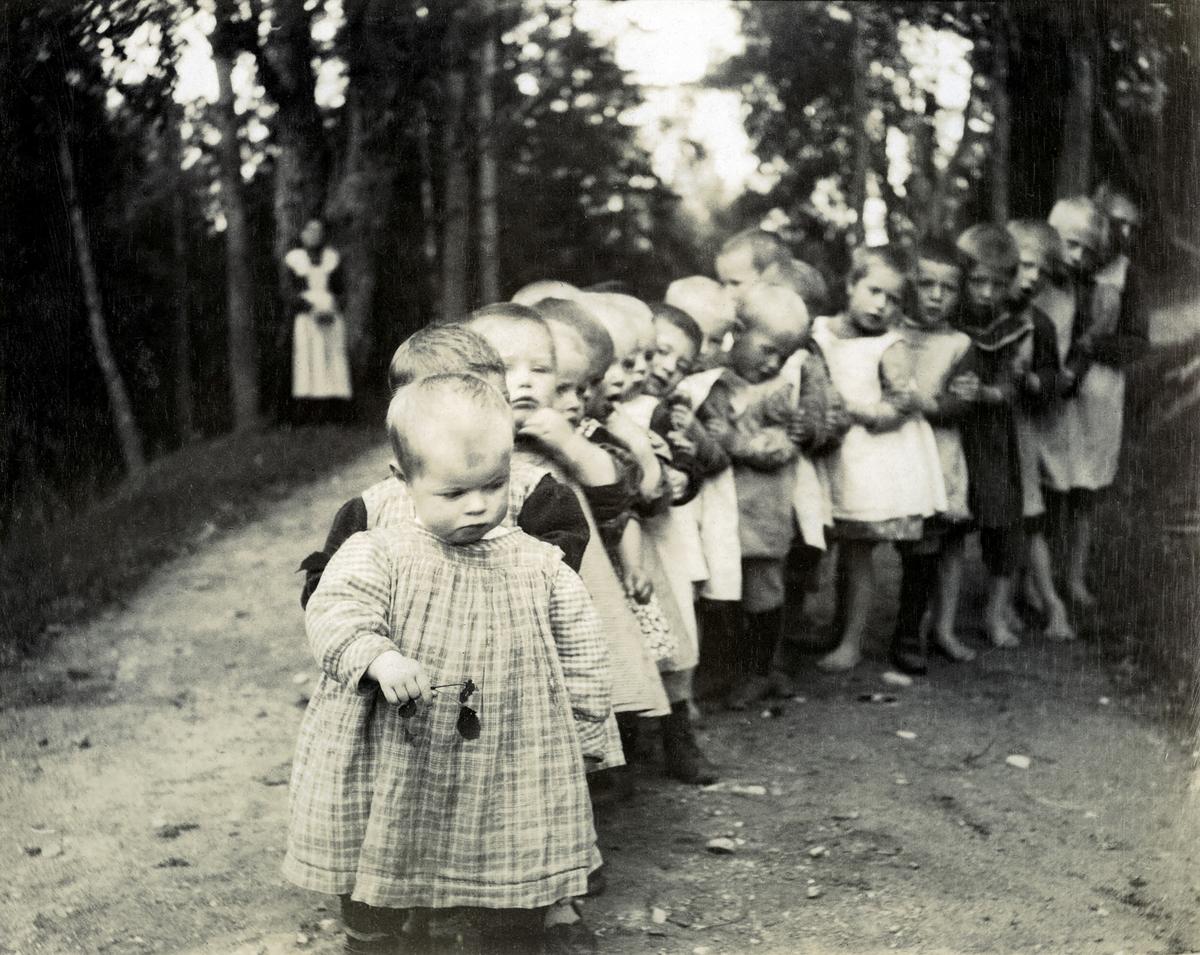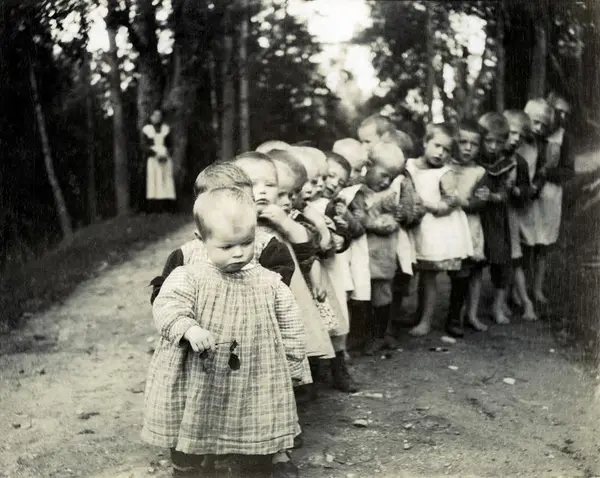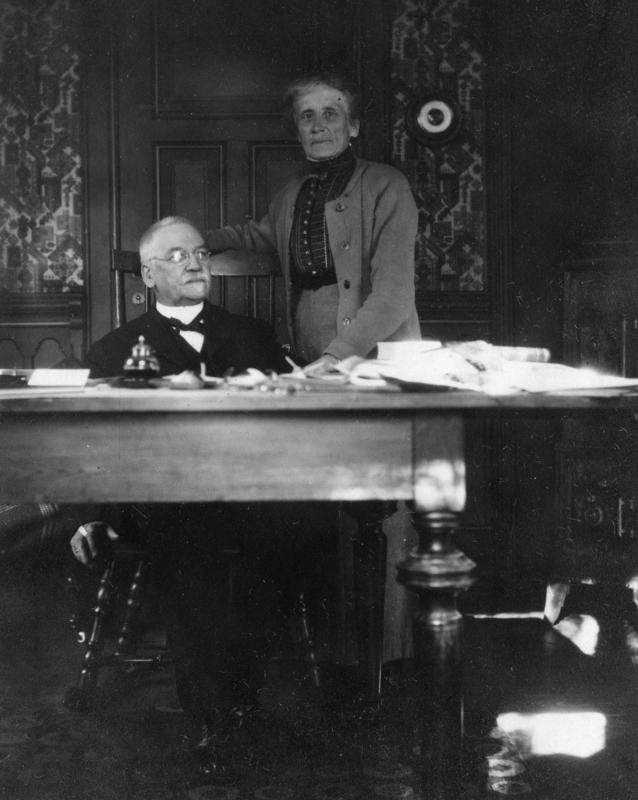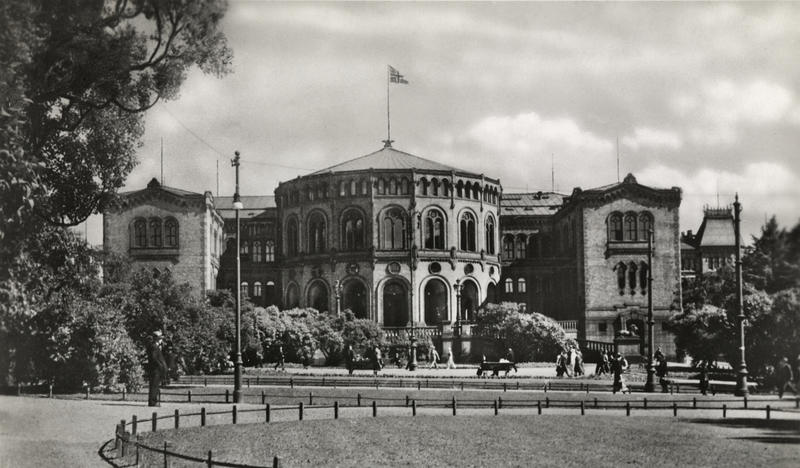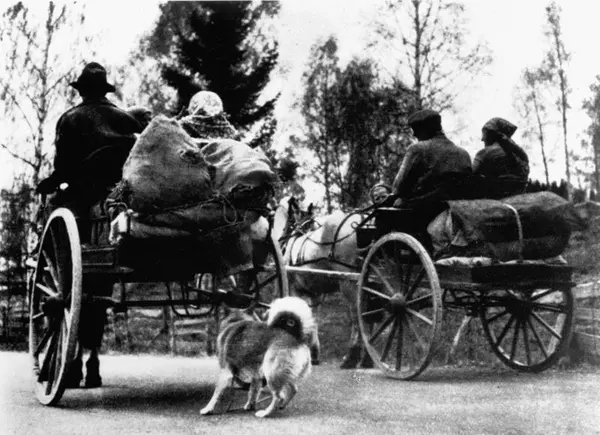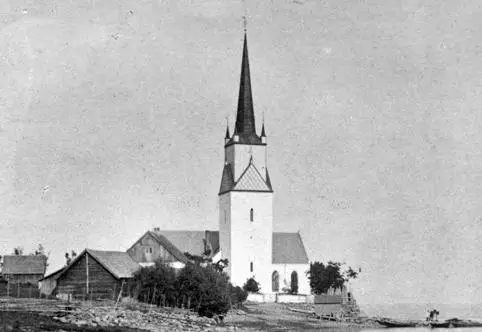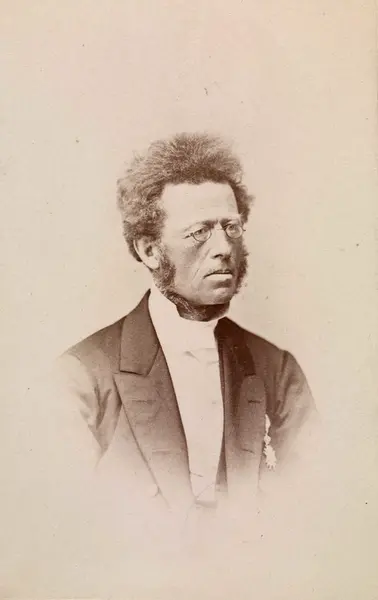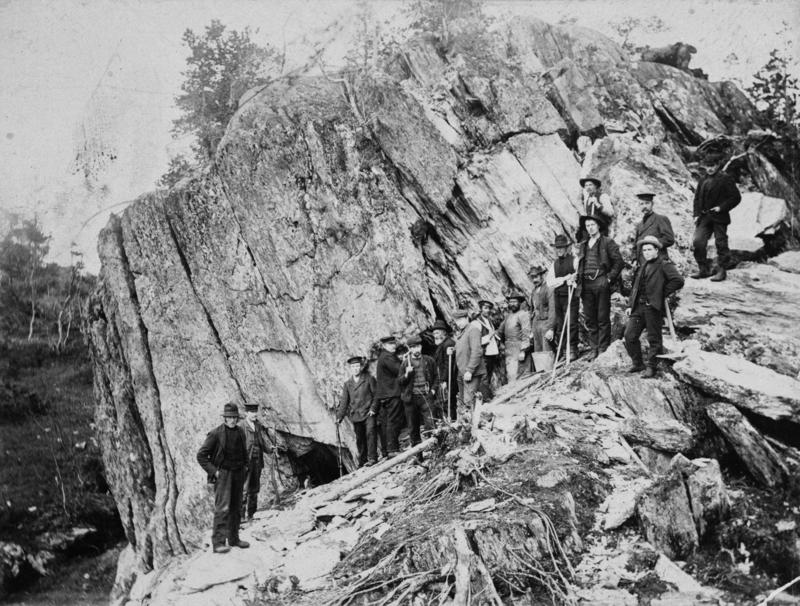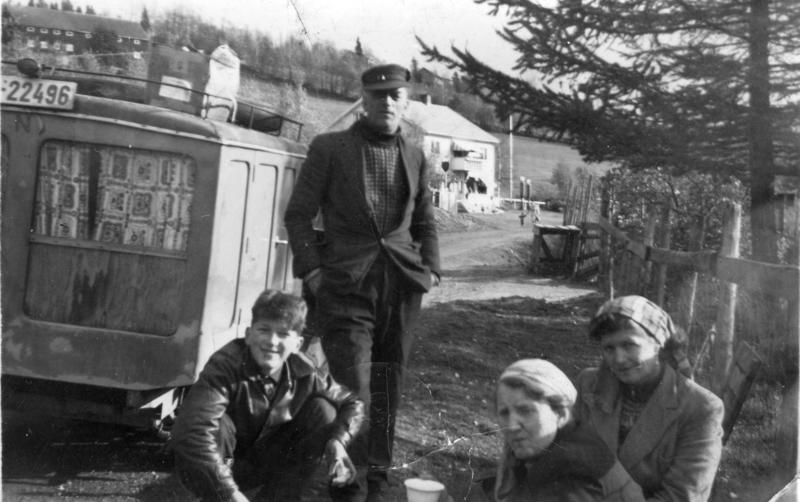From the end of the nineteenth century, the Norwegian authorities adopted a public policy, in cooperation with a private missionary organisation called the Norwegian Mission for the Homeless. The state wanted to play a part in “freeing” the municipalities from what was often called “the traveller nuisance” or “the evil of the vagrants".
These policies lasted far into the 1980s and included forced settlement, forced placement of children in orphanages and foster homes, sterilisation, and criminalisation of the Romani people’s way of life. This represented official Norwegian policy towards minorities, with assimilation as its stated goal. The aim was to force minorities to become just like the majority population.
The UN convention concerning genocide defines forced efforts both to prevent births and to take children from one group to another as action that could be defined as genocide. This has been discussed by the Norwegian Helsinki Committee, among others. They conclude by stating that the policy towards the Romani people resembles both ethnic cleansing and genocide. Nevertheless, in terms of intention and scope, the Norwegian policy towards the Romani people does not fit within the classification of genocide as defined by the UN convention. The reflection is still thought-provoking and many, both inside and outside the group, find the criteria for defining it as genocide to be accurate.
- 1/1
Orphanage children lined up, ca. 1914. Foto: Jacob Walnums samling / Anno Glomdalsmuseet
These heavy-handed policies changed the lives of an entire ethnic group. They tore families apart and drove wedges between family members. They also contributed to the development of an attitude that it was acceptable to pester and harass people of traveller heritage.
